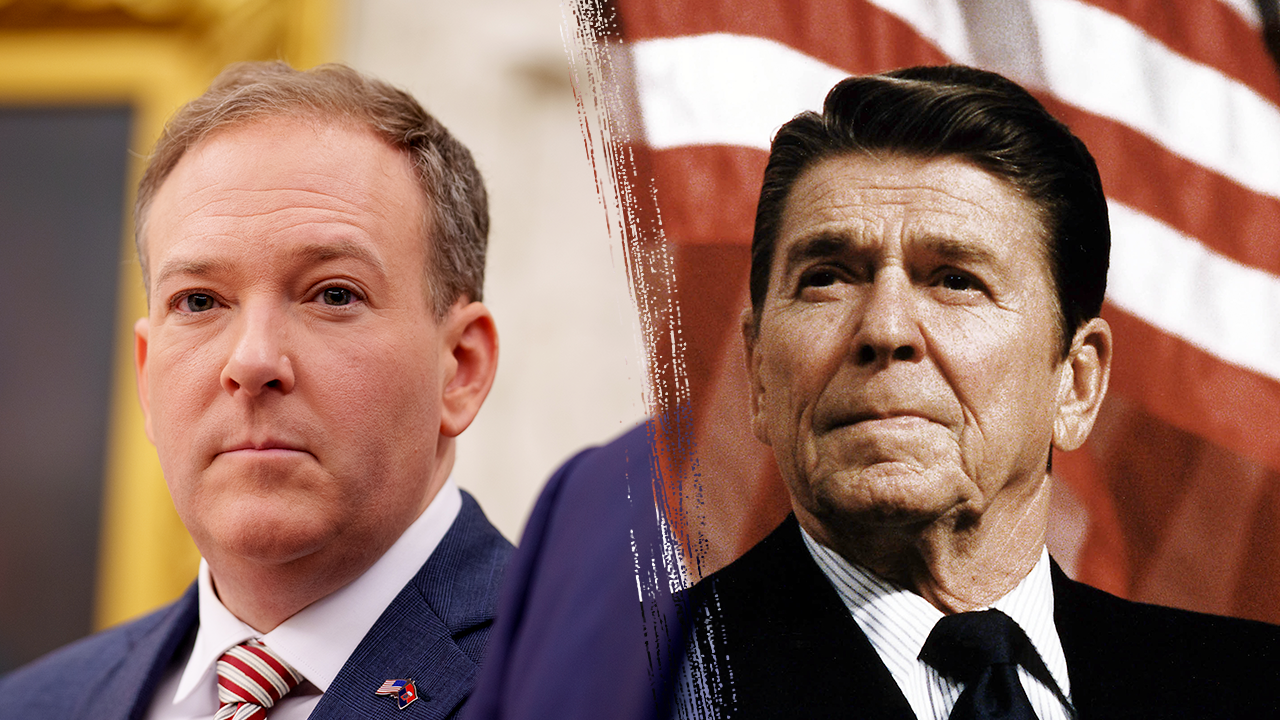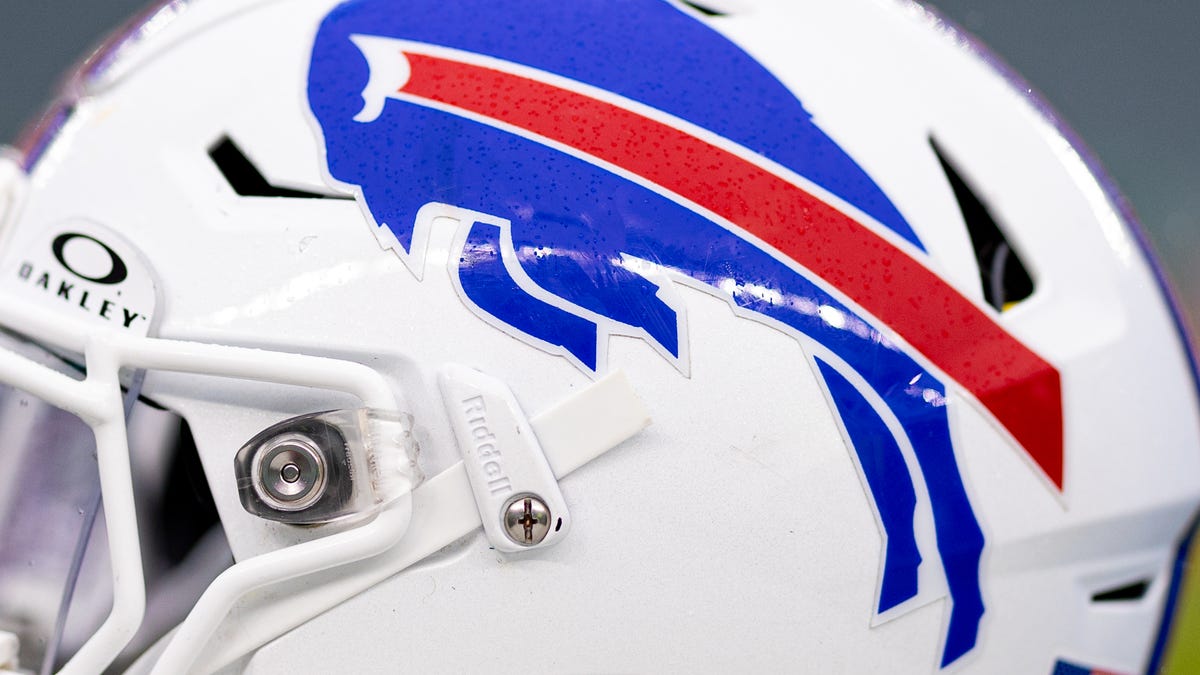Business
Ways You Can Still Cancel Your Federal Student Loan Debt

There are still plenty of ways to get your student debt wiped away.
The Supreme Court’s decision on Friday to block President Biden’s loan forgiveness program will be an enormous disappointment for the 43 million people who might have benefited from having up to $20,000 of debt canceled, but millions of borrowers have already gotten relief thanks to a grab bag of methods that are still available.
That’s because the Supreme Court’s disapproval of the plan does not change laws and regulations that already give many federal student loan borrowers an escape hatch.
On Friday afternoon the White House announced a new effort to provide loan cancellation using the so-called “settlement and compromise” authority it has under the Higher Education Act. This effort will take months at a minimum, and its scope and the number of people who could benefit is not yet clear.
What follows is a list of ways to eliminate your federal student loan balance aside from paying in full. (Rules are different for private student loans that do not come from the government, and they’re generally much more strict.) It includes many citations for other articles, F.A.Q.’s and explainers we have published on these topics.
Too many people do not know they are eligible for one or more of these programs. If you know someone who is struggling with student loan debt, suggest that the borrower review every last option.
Income-Driven Repayment
This catchall mechanism for repaying debt — or having it canceled if you cannot pay in full after a couple of decades — has the highest potential for the most people. It’s also pretty confusing.
At its most basic, it works the way it sounds: Your monthly payment depends on your income. If you cannot afford to make a standard payment (according to the federal government’s definition of affordability), then you pay less, and a formula determines the exact amount. If you have not repaid your balance after either 20 or 25 years of income-driven payments (depending on the repayment plan — there are several types), then the government cancels the remaining debt.
The U.S. Department of Education explains the different ways this can work on its website.
The Biden administration has proposed a much more generous form of income-driven repayment — separate and apart from the debt-cancellation plan that the court disallowed — that could take effect soon, though legal challenges to this plan are possible as well. My colleague Tara Siegel Bernard wrote a guide to the proposal in January.
For those in the middle of counting to 20 or 25 years, the Education Department is adjusting the credits that millions of people have earned toward debt cancellation. If you were ever, say, in forbearance or deferment, you could benefit by having additional months or years count toward the total years of qualifying payments. And if you availed yourself of the pandemic payment pause that is supposed to end this year, those months that you did not make payments will still count toward your 20 or 25 years.
Ann Carrns wrote about the Education Department effort in March.
Public Service Loan Forgiveness
The once-beleaguered loan forgiveness program — where government and nonprofit employees have their balance eliminated after 10 years of payments — has improved in recent years.
During that decade, you have to be working full time in a qualifying job, repaying a so-called direct federal loan, making those payments in an income-driven repayment plan and meeting the payment deadline. Thanks to Biden administration adjustments like the one that Ann wrote about, hundreds of thousands of teachers and social workers have become debt-free recently.
I summarized many changes to the program in a 2021 column. You can read profiles of several people who finally eliminated their balances in a 2022 column. In May, I wrote about a 28 year-old who helped her retired mother cancel her debt.
Closed or low-performing schools
For years, the Education Department has maintained a way to cancel student loan debt that allows for “borrower defense.” That allows people to petition the government if they believe their school misled them, engaged in misconduct or broke a state law relating to the loan or the services the school was supposed to provide.
When President Donald J. Trump was in office, the Education Department tried to tighten the rules and slow the process. Under President Biden, the Education Department made the rules more lenient. In 2022, many students who borrowed to attend for-profit schools or those run by chains like Westwood College, Corinthian Colleges, DeVry University and ITT Technical Institute (among others, including schools that shut down altogether) had their debt balances wiped out.
The Education Department has a good explainer on borrower defense on its website.
Bankruptcy Discharge
Yes, you can discharge your student loan debt by filing for personal bankruptcy. No, it is not easy.
To wipe your debt away in court, you need to meet a certain legal standard — proving that repayment will create an “undue hardship.” Often, that can involve arguing that there is a “certainty of hopelessness” that you’ll ever pay down your debt. Much will depend on the judicial circuit you find yourself in and even the judge who hears your case.
But a total discharge of the debt is not impossible. Last year, the Biden administration made some changes to make the process slightly easier, and Tara wrote about it in November.
Disability Discharge
In the event that you become disabled in a way that is “total and permanent,” you can discharge your debt.
If the Social Security Administration or the Department of Veterans Affairs classifies you as disabled, this should be sufficient for automatic discharge. Mental illness can be a qualifying condition, and the Social Security Administration explains how on its website.
Otherwise, according to the Education Department, a doctor would need to certify that you were “unable to engage in any substantial gainful activity due to a physical or mental impairment” that could be “expected” to result in death, had been continuous for at least five years or could be expected to last for at least five years.
The Education Department made disability qualification a bit easier last year, and it explained the changes in a new release.
Debt Won’t Carry On
If you’re a young adult wondering about the federal PLUS loans your relatives took out to pay for your education, you may be wondering whether the debt dies with the person or people who take it on.
It does. The federal government will not make a claim on their estate, and you will not inherit the balance.

Business
The Stock Market’s Boomerang Month Has Put Investors in a Bind

The stock market is now higher than before President Trump’s broad and steep tariffs sent share prices into a tailspin. The 10-year government bond yield is now largely in line with where it started the year. On Tuesday, a widely watched measure of inflation nudged lower.
Judging from a snapshot of today’s financial markets, it would be easy to conclude that very little had happened over the last four and a half months.
As the administration has dialed down its trade offensive, delaying the worst of the tariffs announced on April 2 and promoting a long list of trade deals in the works, stocks have risen and the unnerving volatility in the government bond market — which Mr. Trump noted when he first began pausing his tariffs — has subsided.
On Tuesday, the latest reading of the Consumer Price Index showed a slower pace of inflation in April than economists had predicted, despite widespread concerns that tariffs could have sped up price increases.
The S&P 500, which came close to hitting a bear market early last month, is now up slightly since the start of the year, after a 0.7 percent gain on Tuesday.
Still, investors remained cautious, and complain that the outlook remains uncertain, with little clarity on what the final level of tariffs will be.
That leaves them in a tricky position, with many saying they have little conviction as to where the economy is headed but they cannot afford to wait on the sidelines and miss out on the possibility that tariffs will be lowered further and stocks will rise.
In the meantime, investors are still trying to parse how the tariffs that remain in place — including 30 percent tariffs on many Chinese imports — are affecting consumer spending and corporate profits
John Kerschner, a portfolio manager at Janus Henderson, said signs of tariff-fueled inflation are not likely to show up in the economic data for months.
“The market will wait with bated breath for those readings to make a determination of where we actually stand on tariff induced rising prices. Thus, market uncertainty will likely remain elevated,” Mr. Kerschner said.
The Federal Reserve is also in a wait-and-see mode, unwilling to keep lowering interest rates before the inflationary effect of the new tariffs is known. That’s because lower interest rates stimulate the economy and could add a further tailwind to inflation.
Market bets on when the Fed will next lower interest rates have gradually been pushed further out. At the start of this year, investors were anticipating that the Fed would lower interest rates at its meeting last week. Now, investors expect the first rate cut of the year to arrive at the September meeting.
Ellen Zentner, chief economic strategist for Morgan Stanley Wealth Management said the lower than expected reading in the Consumer Price Index on Tuesday “doesn’t mean tariffs aren’t impacting the economy, it just means they aren’t showing up in the data yet.”
“Wait-and-see is still the name of the game, and until that changes, the Fed will remain on the sidelines,” she added.
The longer uncertainty prevails, the more it becomes its own economic force, separate from the tariffs. Uncertainty means businesses hold off on making investment decisions and consumers pull back from spending, slowing economic growth.
Beneath the surface, that concern is still evident in the markets.
The Russell 2000 index of smaller companies, which are more at risk from a downturn in the economy, has risen from its lows, but remains 14 percent lower than its peak in November. The S&P 500 is only 4 percent below its February high.
The lowest-rated corporate debt continues to show some signs of strain.
Then there is the dollar, which has sent the most pointed signal of concern about tariffs. The dollar index, which measures the currency against a basket of its peers, has fallen 6.9 percent so far this year.
That is the dollar’s biggest slide since the end of 2022, when the Fed pivoted from raising interest rates, which had strengthened the dollar, to holding them steady.
But even now, as tariffs have de-escalated, the dollar has regained ground.
“As far as markets are concerned, there’s now a belief that the worst of the trade war has passed, and that the trend is now towards de-escalation,” noted analysts at Deutsche Bank said in a recent research note. But they also warned, “The U.S. is not out of the woods yet.”
Business
Google settles lawsuit alleging bias against Black employees

Google agreed to pay $50 million to settle a lawsuit alleging the search engine giant was racially biased against Black employees.
The settlement, which was reached after mediation and certified by a U.S. District Court judge in Oakland on Friday, covers some 4,000 Google employees in California and New York.
The original lawsuit came after a state agency, now known as the California Civil Rights Department, in 2021 began investigating Google’s treatment of Black female workers.
In 2022, former Google worker April Curley filed a lawsuit in federal court in San Jose alleging that she and other Black workers experienced systemic discrimination.
Curley, who worked at Google for six years, had been hired to conduct outreach and design recruiting programs with historically Black colleges.
However, her experience at the company quickly soured, she said, alleging that she was stereotyped as an “angry” Black woman, that she and other Black women had not been allowed to present during important meetings and that she was wrongfully terminated in 2020 after challenging internal practices.
Black workers were hired to lower-level jobs, paid lower wages, subjected to hostile comments and denied promotions, Curley and other Black workers who joined the proposed class-action alleged in their lawsuit.
The complaint said managers disparaged Black employees for not being “Googley” enough, comments the plaintiffs said served as racist dog whistles.
Throughout the litigation, the Mountain View-based company has maintained that it did not violate any laws.
“We’ve reached an agreement that involves no admission of wrongdoing. We strongly disagree with the allegations that we treated anyone improperly and we remain committed to paying, hiring, and leveling all employees consistently,” Google spokesperson Courtenay Mencini said in a statement Tuesday.
In addition to the monetary payout, Google has agreed in the settlement to analyze pay and correct differences based on race for the next three years. The company has also committed to maintaining transparent salary ranges and methods for employees to report concerns about pay or other practices.
And through August 2026, the company will not require employees to enter into mandatory arbitration for employment-related disputes, according to the settlement agreement filed last week in federal court.
Business
Tariff Misery in Japan: Honda and Nissan Forecast Plunges in Profit

President Trump’s decision to negotiate a break for China on tariffs is galling for Japan, which is reeling from auto sector levies that the White House has shown no sign of willingness to lift.
Japan, a top U.S. ally in Asia, was eager to advance trade negotiations with Washington, even as Mr. Trump imposed tariffs on automobiles, and threatened an across-the-board 24 percent tariff on Japanese goods.
While Beijing and others assembled plans for retaliatory tariffs, Japan rushed to Washington for trade negotiations, armed instead with commitments to buy more American goods and boost investments in the United States to $1 trillion.
Now in Tokyo, the sting is palpable.
On Tuesday — one day after the Trump administration agreed to temporarily nix most of its tariffs on China — two of Japan’s top automakers issued dire profit forecasts, weighed down by the effects of U.S. car tariffs.
Honda Motor said that its operating profit would fall nearly 60 percent for the fiscal year that began in April. It attributed the downgrade to a whopping $4.4 billion hit from tariffs.
Nissan Motor suspended its profit forecast for the current year, and said that it would likely swing to an operating loss in the first quarter. The automaker, which was already restructuring its global operations before the U.S. tariffs, said it would slash an additional 11,000 jobs on top of the 9,000 cuts it announced in November.
In Japan there is a sense of disbelief and indignation among business leaders and government officials that the Trump administration backed down on China tariffs, while maintaining punishing levies on allies like Japan with significantly smaller trade imbalances.
The fact that the U.S. prioritized China over many other trade partners in reaching a tariff agreement showed that “at this stage, allies like Japan are at a disadvantage,” said Kazuhiro Maeshima, a professor of American politics and diplomacy at Sophia University in Tokyo. “This can only be seen as disregard,” he said.
Earlier this month, a 25 percent U.S. tariff on vehicle imports was extended to cover auto parts as well. Those two levies are particularly painful for Japan because automobiles and car parts are by far its biggest export to the United States.
Economists estimate that the higher auto tariffs alone could put a big dent in economic growth in Japan this year. Factoring in broader disruptions from U.S. tariff policy, officials have predicted that growth could be more than halved.
That is because the auto sector is the backbone of Japanese industry. Nissan has already planned to shift some manufacturing to the United States to skirt tariffs, and if such moves are replicated by others, it could spark a broader hollowing out of industrial production in Japan.
Japan’s biggest automaker, Toyota Motor, said last week that while it aimed to protect production and jobs in Japan, U.S. tariffs would likely cost it more than $1 billion in April and May alone.
Honda’s chief executive, Toshihiro Mibe, said on Tuesday that the company plans to expand manufacturing in the United States to try to recover some of the billions of dollars of tariff losses it forecast. That includes moving some domestic production of its hybrid Civic to a factory it operates in Indiana, he said.
Japan is also negotiating with the United States regarding the proposed 24 percent “reciprocal” tariff, which the Trump administration announced last month and then delayed until early July. The next round of trade talks is expected later this month, but progress has stalled.
Japan has said lower tariffs on cars are a necessary condition of any trade deal, a position that Prime Minister Shigeru Ishiba reiterated in parliament on Monday.
-

 Austin, TX4 days ago
Austin, TX4 days agoBest Austin Salads – 15 Food Places For Good Greens!
-

 Education1 week ago
Education1 week agoIn Alabama Commencement Speech, Trump Mixes In the Political
-

 Technology1 week ago
Technology1 week agoBe careful what you read about an Elden Ring movie
-

 Culture1 week ago
Culture1 week agoPulitzer Prizes 2025: A Guide to the Winning Books and Finalists
-

 World6 days ago
World6 days agoThe Take: Can India and Pakistan avoid a fourth war over Kashmir?
-

 Education1 week ago
Education1 week agoUniversity of Michigan President, Santa Ono, Set to Lead University of Florida
-

 Technology6 days ago
Technology6 days agoNetflix is removing Black Mirror: Bandersnatch
-

 Politics1 week ago
Politics1 week agoEPA chief Zeldin announces overhauls to bring agency back to Reagan-level staffing
















